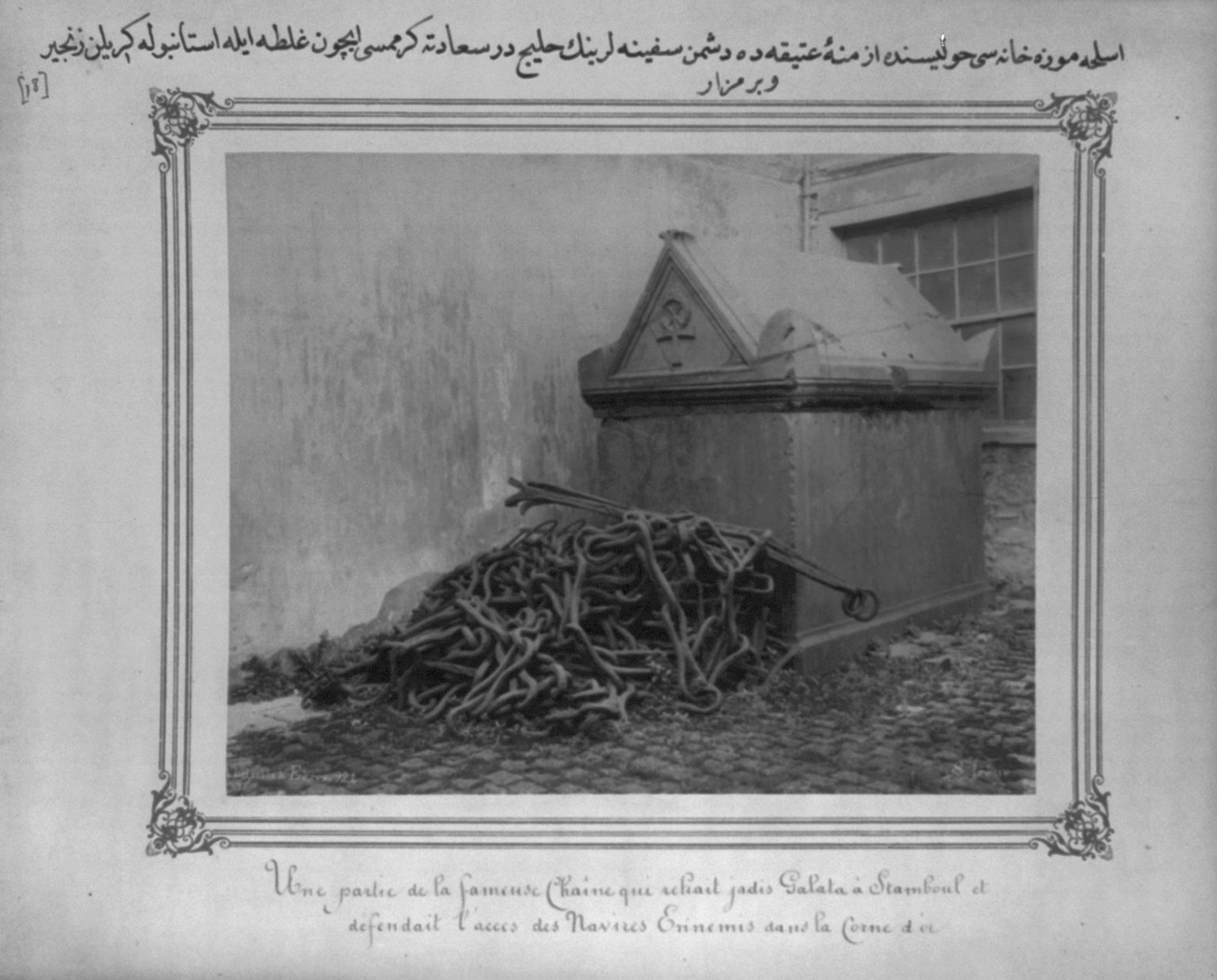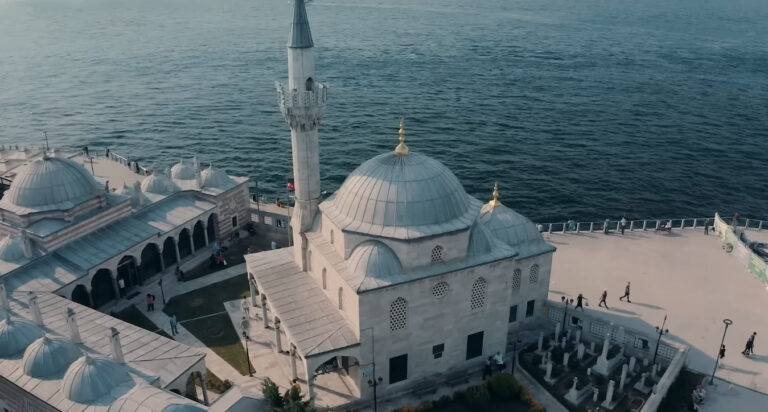Yeraltı Mosque (Underground Mosque)
Guide to Kurşunlu Mahzen Mansion and Underground Mosque
History and Architecture:
- Kurşunlu Mahzen Mansion and Underground Mosque have a rich history dating back to 711 AD.
- Initially, a large tower called Kahr Kulesi was constructed by Abdülaziz’s son Ömer. Over time, the area evolved into the current Kurşunlu Mahzen, which was converted into a mosque.
- The structure, originally known as Kastellion ton Galatau, was built during the reign of Emperor Tiberios II (578-582) to protect against Arab invasions and control the entrance of the Golden Horn. This fortress was also linked to the chain preventing access to the Golden Horn.
- It was later confused with the Galata Tower but was distinctively known as Galatau. The name challenges the common belief that “Galata” is of Genoese origin.
- The fortress played a crucial role during the Crusades and various sieges, including the Islamic army’s siege in 717 and the Crusaders in 1027.
- After the Genoese were granted settlement rights in Galata in 1267, they demolished existing walls, turning the fortress into a small Byzantine garrison.
- Post the conquest of Constantinople, the fortress remained untouched due to Galata’s peaceful surrender.
Evolution into a Mosque:
- The structure suffered damage during an earthquake in the era of Sultan Bayezid II, as noted by Evliya Çelebi. By the 16th century, it ceased to appear in records.
- The Kurşunlu Mahzen Mansion, an exquisite example of Turkish civil architecture, was a customs house built on the large tower of the fortress. Notable depictions include John Lewis’s 1836 engraving.
- An interesting legend involves the sealing of a section of the basement with lead, following a military campaign in 714, hence the name Kurşunlu Mahzen (“Lead-Sealed Basement”).
- Despite Sultan Murad IV’s plans, a mosque wasn’t built until later by Çorlulu Köse Mustafa Bâhir Paşa. The minaret, rebuilt by Sultan Mahmud I after an earthquake, has undergone several transformations.
Architectural Features:
- The Underground Mosque today stands as a unique structure with its entrance at Kemeraltı Street level. It has a rectangular plan with multiple entrances.
- Inside, 45 independent columns support the structure, with significant space between them, creating a distinctive spatial experience.
- The mosque houses three platforms attributed to Eshaptan Amr B.Al-‘Aş Al-Sahmi, Vehb B. Huşeyre, and Süfyân B. Uyeyne, adding to its historical significance.
Cultural Importance:
- The transformation of a 1500-year-old fortress into a mosque exemplifies Istanbul’s rich, multi-layered history and cultural adaptation.
- The Underground Mosque stands out among Istanbul’s religious sites for its unique space and historical significance, tracing back to Byzantine times.
Visiting Tips:
- When visiting, take time to appreciate the architecture and the layers of history evident in its walls.
- The mosque’s interior is a marvel of historical architecture, offering a different perspective on Istanbul’s religious sites.
- Be respectful of the religious practices and local customs when visiting.




